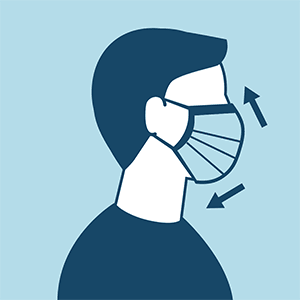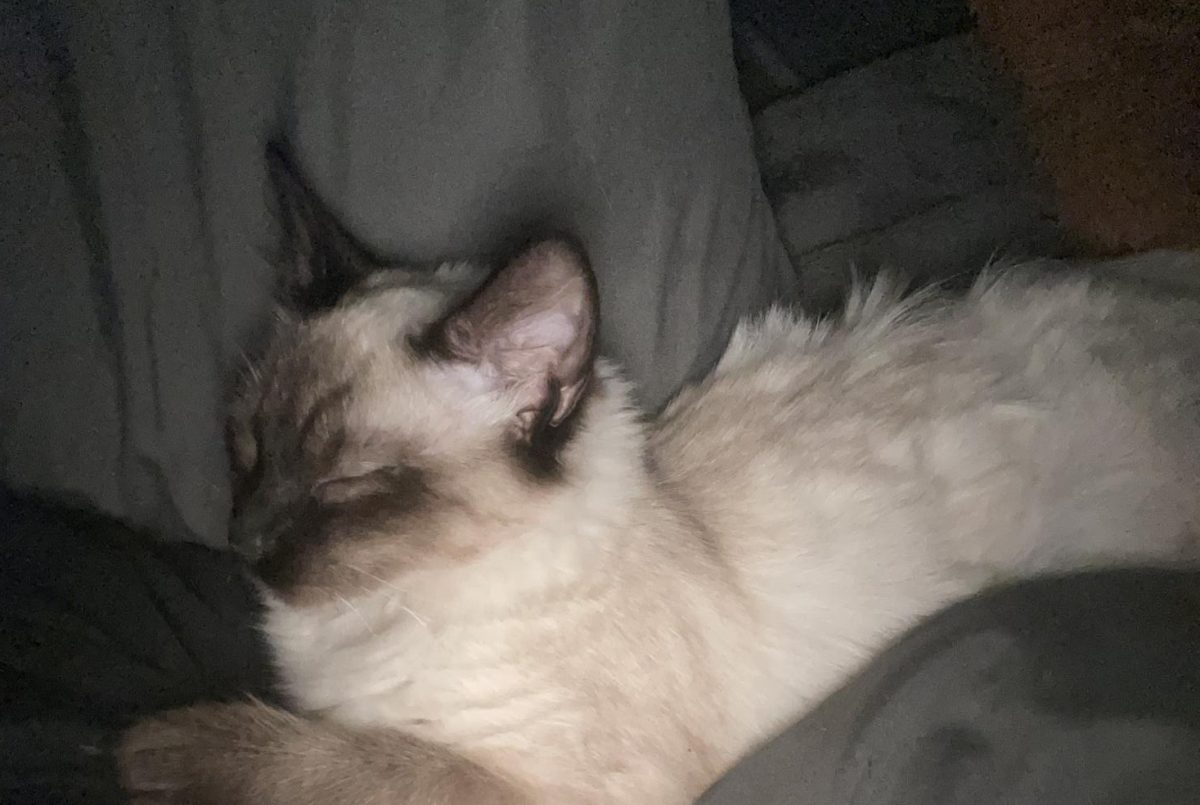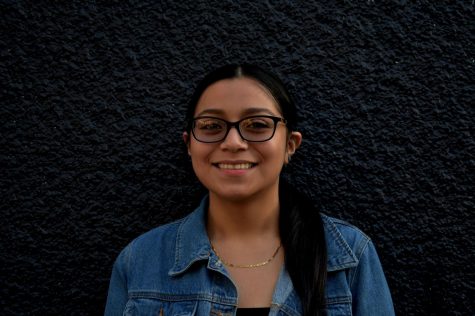
In the midst of the Coronavirus, there has been a shortage of thousands of supplies and materials, one of which is face masks. As days go by, the demand for medical equipment increases which is beginning to alarm many health care workers especially when Florida’s peak for COVID-19 is expected to be on April 21st.
A face mask is typically worn to prevent yourself from breathing in infected air or from spreading airborne diseases. According to the Centers for Disease Control and Prevention, a face mask should cover the following:
- fit snugly but comfortably against the side of the face
- be secured with ties or ear loops
- include multiple layers of fabric
- allow for breathing without restriction
- be able to be laundered and machine dried without damage or change to the shape
The CDC advises the public to use face masks or cloth coverings to help slow down the virus from spreading, especially from those individuals who are not aware of their health status. Although there is a shortage of N95 masks for medical personnel and surgical face masks for the public, the CDC has recommended individuals to create their own masks with supplies they may have at home. They have even provided instructions on how to create them on their website.
In recent tests conducted by scientists, they have discovered that HEPA furnace filters, vacuum bags, layers of 600-count pillowcases, and fabric similar to flannel pajamas all scored well in filtering particles; while bandanas and scarves scored the lowest percentage. This allows the public to consider applying these findings into their own homemade masks.
One way to test whether your homemade mask is effective is to test whether light passes easily through it. The more dense or thick the material, the better.
Wake Forest Institute for Regenerative Medicine in Winston-Salem, N.C. performed various tests resulting in the discovery of the effectiveness of homemade masks made from quilting fabric. Quilted masks have been found to range 70 to 79 percent filtration which is as good as surgical masks and slightly better. Their high-quality and high-thread cotton count restricts the amount of particles that can enter its fibers. For individuals who cannot sew or quilt, folded origami masks have also become an alternative created by Jiangmei Wu, assistant professor of interior design at Indiana University.
For more information on how to create face masks, visit the following link:
https://www.cdc.gov/coronavirus/2019-ncov/prevent-getting-sick/diy-cloth-face-coverings.html








